Australia’s PMI Manufacturing index stayed put at 48.0 in May, marking the joint-lowest reading since May 2020. On the other hand, PMI Services fell from 53.7 to 51.8, causing Composite PMI to decrease from 53.0 to 51.2.
Warren Hogan, Chief Economic Advisor at Judo Bank, said, “The May Flash result shows a small retracement from the strong April outcome reinforcing the view that overall economic activity in Australia is holding up well as we enter the winter months.”
Despite the manufacturing sector’s continuous slowdown, Hogan emphasized that this does not signal a recession. In contrast to manufacturing, the services sector has shown recent strength, and was “far from the risk of recession:.
However, he warned of the implications of better economic conditions in terms of inflation. “The RBA is trying to engineer a soft landing to rid the economy of inflation. But if they don’t lean hard enough on monetary policy, we could see a more stubborn inflation emerge which will ultimately require a bigger lift in interest rates,” Hogan cautioned.
Highlighting the strong correlation between the pick-up in the services PMI, housing market, rising population growth, and job advertising, he concluded, “Last week’s labour market data on employment and wages have bought the RBA some time, but the Flash PMIs highlight that it is still too early to call an end to the monetary policy tightening cycle.”
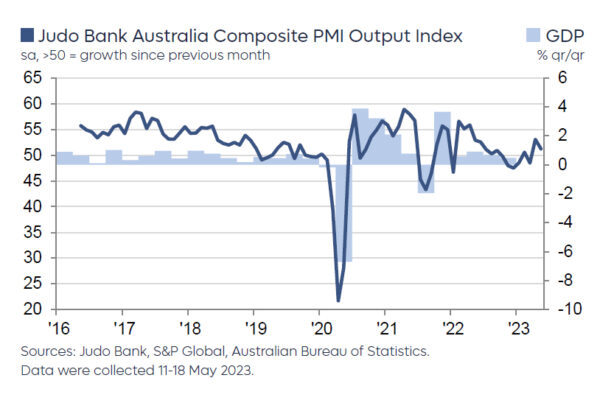
Full Australia PMI release here.




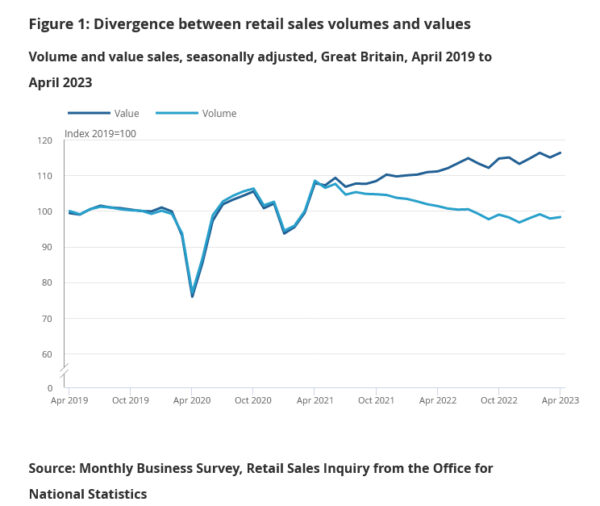
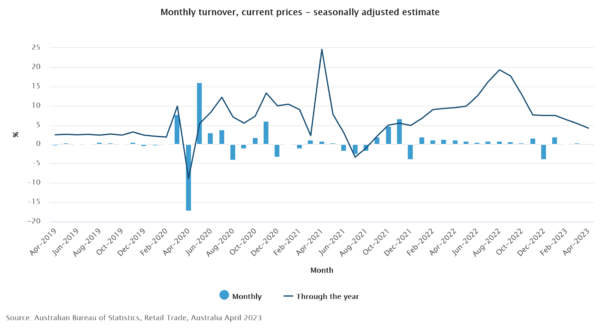
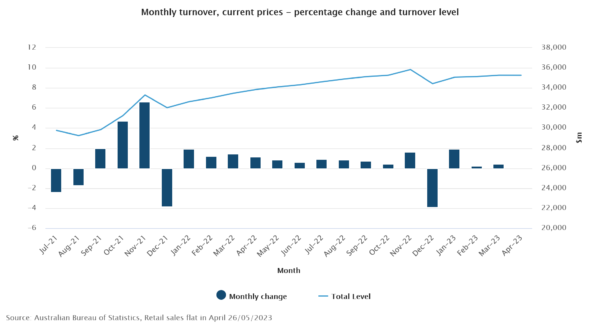
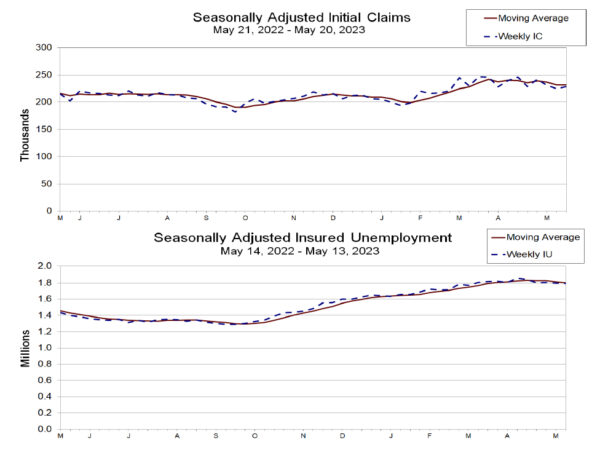
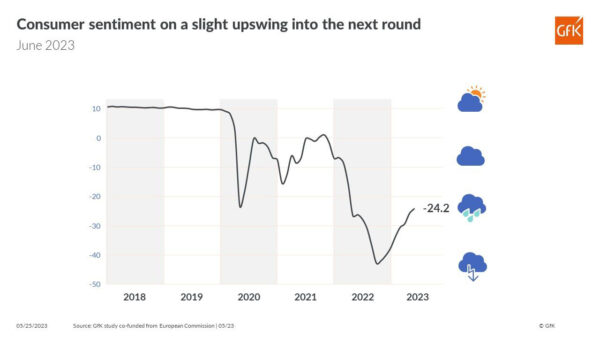
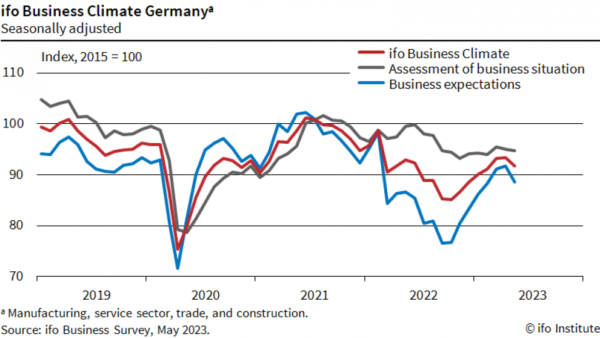
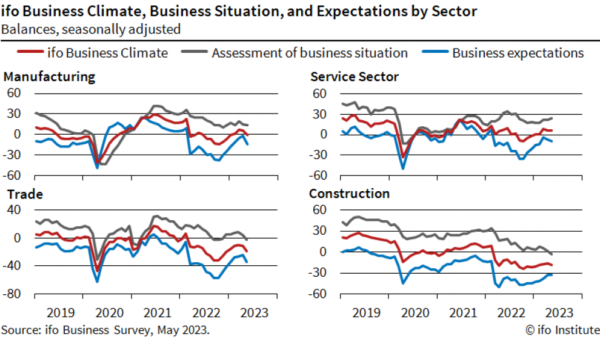
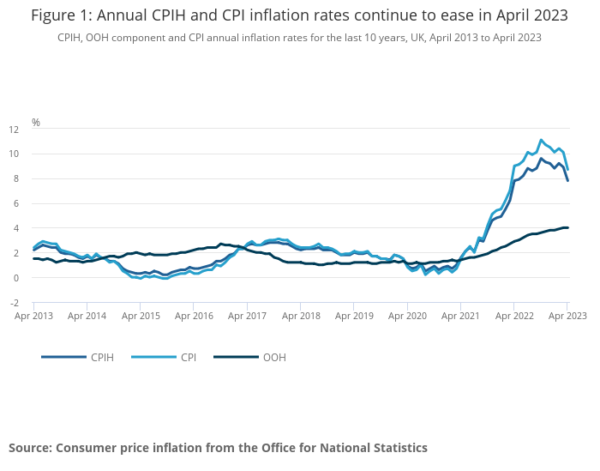
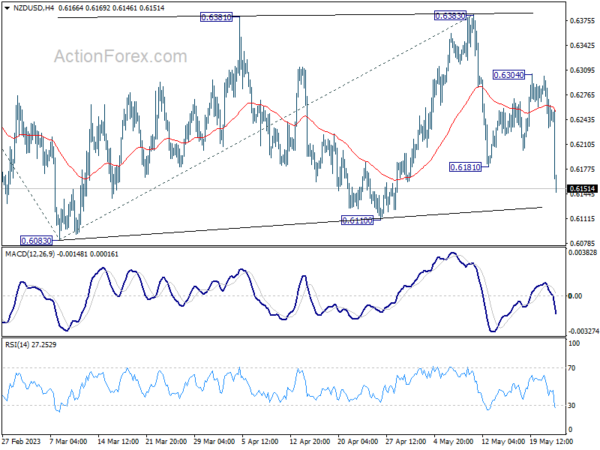
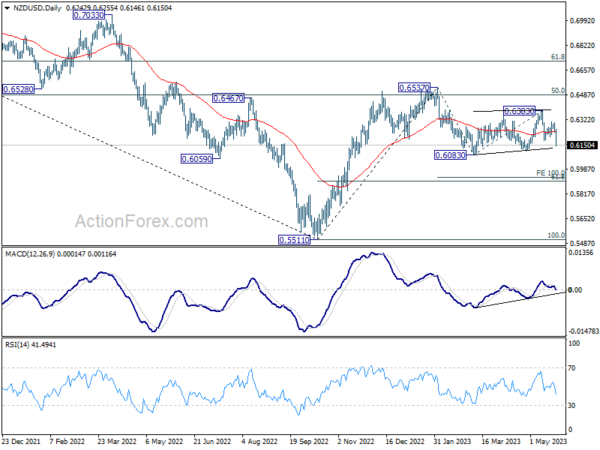
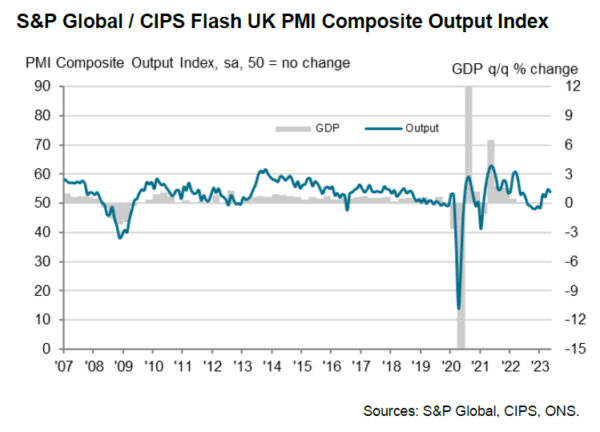
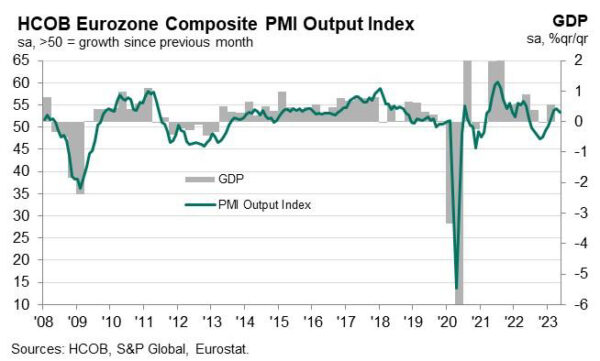
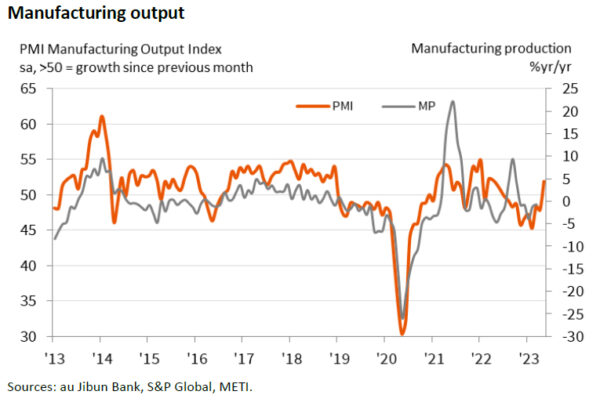
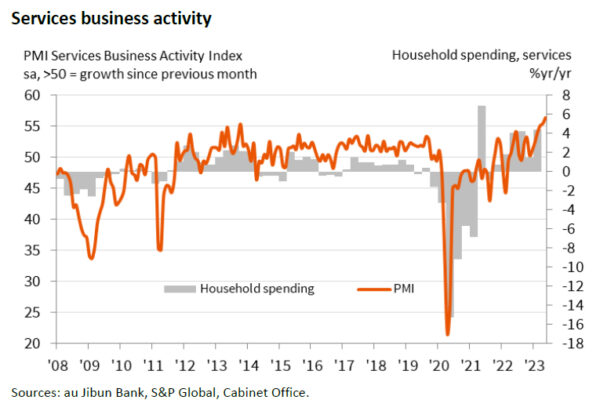


ECB Lane: Reversal of energy prices will feed into lower core
ECB Chief Economist Philip Lane has asserted that falling energy prices could lead to lower core inflation due to reduced living costs and, consequently, restrained wage increases. However, he stressed the timeline and extent of this effect remain uncertain.
Speaking at a conference in Dubrovnik, Lane said, “I don’t think it’s symmetric… but when energy prices fall, core inflation does follow, because there is less pressure from an energy cost, there’s less pressure on the cost of living, therefore on nominal wage increases
“So, we do think this spectacular reversal of energy prices will feed into lower core, but the timeline for that and the scale of it is uncertain,” he added.
Lane further observed that wage growth is generally progressing at a moderate pace, with many people still bound to older contracts. “The latest deals are coming in at above 5%, but (this is in the) ballpark of what we expect,” he noted.
Despite this, he expects nominal wage growth to peak this year and suggested it would take real wages until 2025 to recover back to their 2019 level.